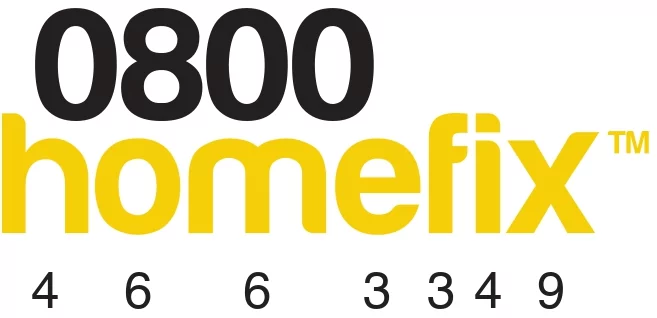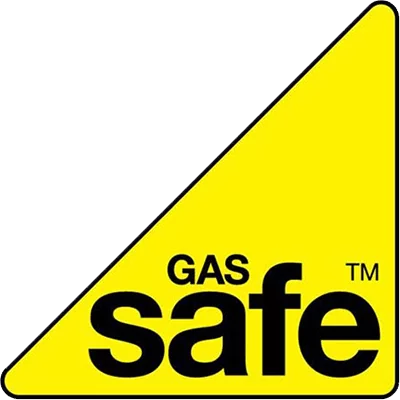Water and gas leaks are common concerns in plumbing and gas systems, and they can lead to a range of issues, from property damage to safety hazards. Fortunately, there are various leak detection methods and tools available to identify and address these problems promptly. In this blog, we’ll explore some essential water leak detectors and leak detection systems that plumbers and gas engineers use to locate leaks and ensure the safety and efficiency of these systems.
Water Leak Detection Methods
Acoustic Leak Detection
Acoustic leak detection involves using specialized equipment, such as ground microphones or electronic listening devices, to listen for the distinct sound of water escaping from pipes. By pinpointing the source of the sound, professionals can identify the exact location of the water leak. This method is highly effective in water leak detection in plumbing systems, ensuring timely repairs and minimizing water damage.
Infrared Thermography
Infrared thermal imaging cameras are invaluable tools in water leak detection. They work by visualizing temperature differences caused by water leaks. When water evaporates, it cools the surrounding area, creating a temperature contrast that is visible through the camera’s lens. This non-invasive thermal imaging method allows for quick identification of leaks within walls or ceilings.
Infrared thermal imaging cameras are invaluable tools in water leak detection. They work by visualizing temperature differences caused by water leaks. When water evaporates, it cools the surrounding area, creating a temperature contrast that is visible through the camera’s lens. This non-invasive thermal imaging method allows for quick identification of leaks within walls or ceilings.
Dye Testing
Dye and leak testing often involves adding fluorescent dyes to the water supply. These dyes are visible under ultraviolet (UV) light and allow professionals to detect leaks and trace the path of water leaks quickly. This method of leak testing is commonly used for identifying leaks in swimming pools, plumbing fixtures, and sewage systems.
Pressure Testing
Pressure testing is a method where the plumbing system is pressurized, and professionals monitor for pressure drops. A noticeable drop in pressure can indicate a water leak within the system. This leak detector method is particularly useful for detecting leaks in underground water lines or large plumbing networks.
Pipe Inspection Cameras
Fiber optic cameras are used for water leak detection and a direct visual inspection of pipes. They are inserted into the plumbing system, allowing professionals to visually confirm the presence of leaks, cracks, or blockages. This method is essential for detecting water leaks and identifying issues within pipes hidden behind walls or underground.
Gas Leak Detection Methods
Electronic Gas Detectors
Portable electronic gas detectors are vital tools for gas leak detection. These devices measure gas concentration in the air and alert professionals to the presence of potentially dangerous gas levels. Electronic gas leak detectors are commonly used in industrial and residential settings to ensure gas safety.
Gas Sniffers
Gas sniffers are handheld devices equipped with probes or sensors that can detect gas leaks by sampling the air in their vicinity. These devices are especially useful for finding leaks and pinpointing the source of gas leaks in tight or hard-to-reach spaces.
Soap and Water Solution
A simple yet effective method for detecting gas leaks involves applying a soap and water solution to gas connections. If gas is escaping from a pipe or a connection, the mixture will form bubbles. This visual cue is a clear indication of a gas leak.
Flame Ionization Detectors (FIDs)
Flame Ionization Detectors (FIDs) are used to detect even small concentrations of hydrocarbons by measuring ionized particles in a gas sample. They are commonly employed in industries where gas leaks could pose a significant risk.
Ultrasonic Leak Detection
An Ultrasonic leak detection system relies on specialized equipment that can detect high-frequency sounds produced by gas escaping from a leak. An ultrasonic leak detector is particularly useful for identifying hidden or small gas leaks in industrial settings.
Leak Detection Methods in Insurance Claims
The use of the above-mentioned leak detection tools plays a crucial role in the context of insurance claims, especially in situations involving “Trace and Access.” When property damage occurs due to water or gas leaks, insurance companies often require thorough documentation to process claims efficiently. These tools detect leaks and provide concrete evidence of the source and extent of the damage, which is essential for substantiating claims. For instance, electronic gas detectors, pressure testing, and ultrasonic leak detection can pinpoint the exact location of gas leaks or damaged pipes, facilitating the “Trace” aspect by tracing the origin of the issue. In the case of water leaks, methods like infrared thermography and pipe inspection cameras offer clear visual evidence of the affected areas, aiding both “Trace” and “Access.” This documentation not only accelerates the claims process but also helps in ensuring that claims are processed accurately, reducing the chances of disputes and facilitating a smoother resolution for both the insured party and the insurance company.
Conclusion
Leak detection is a critical aspect of maintaining the safety and efficiency of plumbing and gas systems. Whether you’re dealing with water or gas leaks, there are numerous tools and methods available to identify and detect leaks and address these issues promptly. We encourage you to seek professional assistance when dealing with potential leaks, as their expertise and specialized equipment can ensure the safety and integrity of your systems.
Additional Resources
- Professional plumbing and gas service for readers to consult.
- Government or safety organization’s resources on leak prevention and detection.
- Manufacturer or retailer of leak detection equipment and tools.
Author Bio and Contact
Matthew Fowler is an experienced plumber and gas engineer with a passion for promoting safety and efficiency in plumbing and gas systems. For inquiries or more information, you can contact Matthew Fowler at Matt@0800homefix.com


